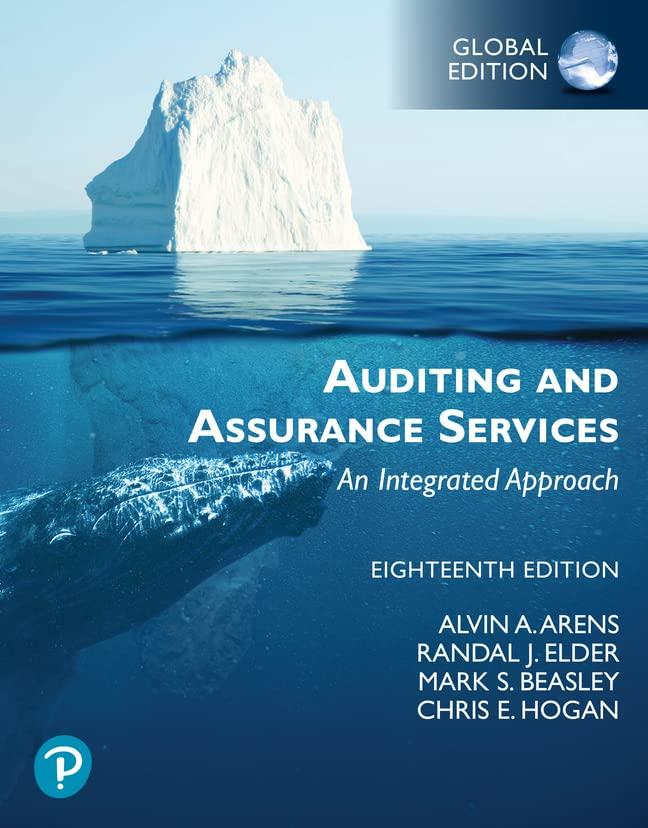 OPTIONS:
OPTIONS:
- Break-even analysis
- Break-even point
- Cost-volume-profit analysis
- Degree of operating leverage
- Margin of safety
- Sales mix
- Target profit analysis
- Weighted-average contribution margin ratio
- None of these are correct
M6-1 (Static) Matching Terminology [LO 6-1, 6-2, 6-5, 6-6] Match each definition with its related term by selecting the appropriate term in the dropdown provided. Not all definitions will be used. (Select "None of these are correct" if there is no term for the "Definition".) Term ooo 0 = Definition a. The proportion of products based upon the number of units sold. b. The proportion of products sold based on total sales revenue. Analysis that focuses on relationships among revenue, volume, mix of units sold, variable and fixed costs. Analysis that focuses on determining the number of units or sales revenue required to generate a desired net income. Analysis that focuses on determining the number of units or sales revenue required to generate a zero profit. f. Analysis to determine if changing underlying assumptions would affect the decision. g. Contribution margin = Fixed costs. h. Analysis that expresses each line of the income statement as a percentage of total sales. Average unit contribution of multiple products weighted by the percentage of units sold. Average contribution margin ratio of multiple products weighted by the percentage of total sales revenue. k. Actual (or budgeted) sales plus break-even sales. 1. The extent to which fixed costs are used to operate a business. m. The extent to which variable costs are used to operate a business. n. Difference between actual or budgeted sales and the break-even point. M6-1 (Static) Matching Terminology [LO 6-1, 6-2, 6-5, 6-6] Match each definition with its related term by selecting the appropriate term in the dropdown provided. Not all definitions will be used. (Select "None of these are correct" if there is no term for the "Definition".) Term ooo 0 = Definition a. The proportion of products based upon the number of units sold. b. The proportion of products sold based on total sales revenue. Analysis that focuses on relationships among revenue, volume, mix of units sold, variable and fixed costs. Analysis that focuses on determining the number of units or sales revenue required to generate a desired net income. Analysis that focuses on determining the number of units or sales revenue required to generate a zero profit. f. Analysis to determine if changing underlying assumptions would affect the decision. g. Contribution margin = Fixed costs. h. Analysis that expresses each line of the income statement as a percentage of total sales. Average unit contribution of multiple products weighted by the percentage of units sold. Average contribution margin ratio of multiple products weighted by the percentage of total sales revenue. k. Actual (or budgeted) sales plus break-even sales. 1. The extent to which fixed costs are used to operate a business. m. The extent to which variable costs are used to operate a business. n. Difference between actual or budgeted sales and the break-even point
 OPTIONS:
OPTIONS:





